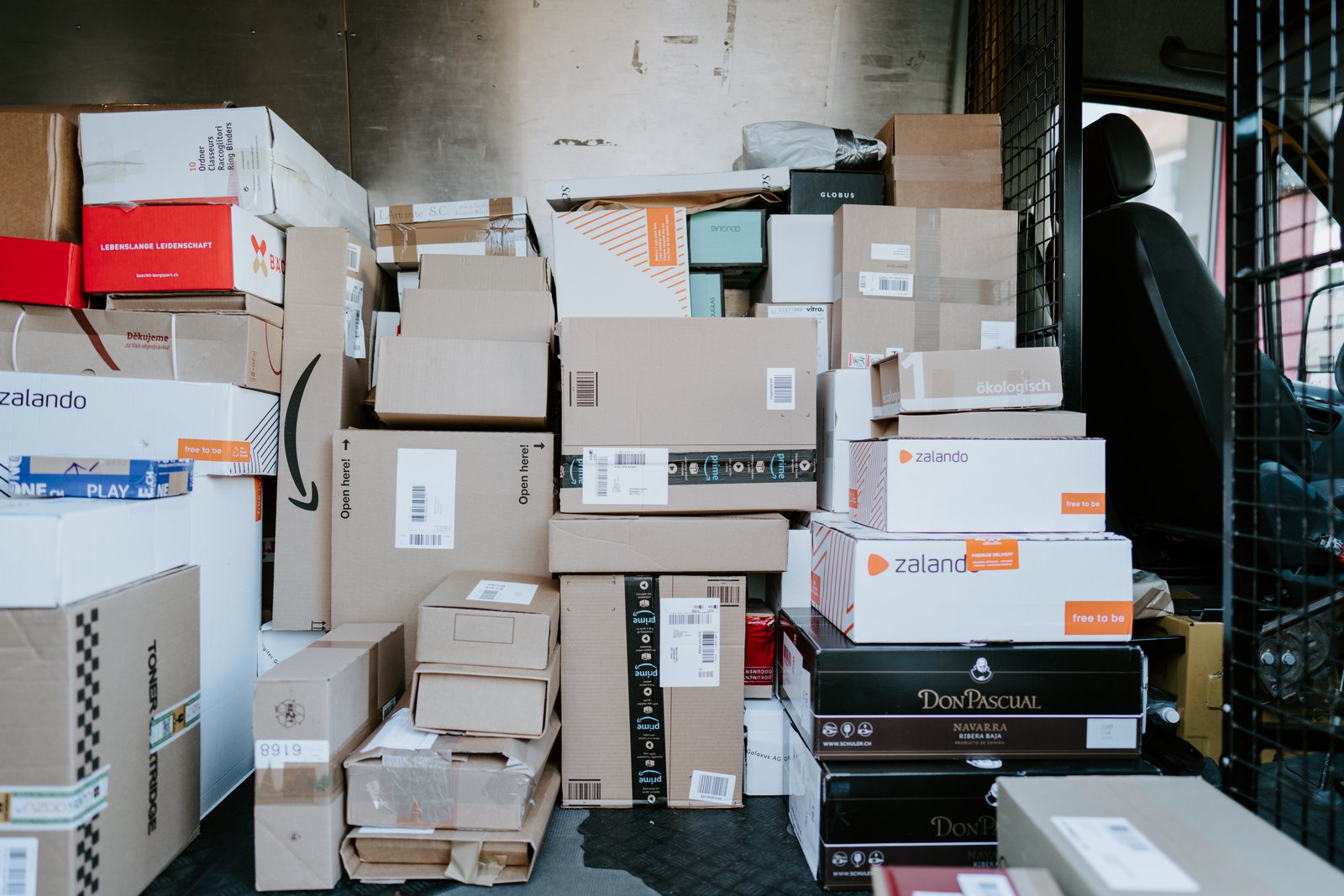3 Reasons NOT to Email Large Files


There are numerous protocols dedicated to file transfer. The most common of these protocols include FTP/S, SFTP, SCP and WebDAV. Despite the availability of these protocols email is possibly more popular than all of these combined when it comes to sending files.
The reason for this is simple. Virtually anyone who is connected to the Internet has an email account. Email is easy to use and with free web based email services like Gmail users don't need to install additional software. Emailing a file is also very simple yet despite it's simplicity there are several reasons that you should STOP emailing your files.
Be Courteous
We've all been there, you go to check your email and find your mail client taking an inordinate amount of time to retrieve your emails. After further investigation you realize that your mail client is stuck trying to download a very large email containing several file attachments. Unfortunately you're stuck. Until this email is retrieved you cannot get subsequent emails so your only option is to take a deep breath and wait patiently.
If you haven't experienced this then either everyone you know has great email etiquette, your email client/server automatically deletes these large emails, or worse, you're the one sending the large emails.
Not everyone has a lightning fast Internet connection so it's a good policy to be courteous and keep email attachments to a minimum.
Undeliverable Email
Many mail servers and clients have policies that scan incoming emails for attachments. If the attachments are too large or if the filename matches a certain regular expression it will be blocked.
For example, many companies refuse to accept any email attachments with a .ZIP (Zip Archive) or .exe (Windows Executable) extension. This is done to prevent the spread of viruses by email. Emails containing large file attachments (>1MB) may be blocked altogether. Policies vary based on the mail server configuration but this is generally done to keep from overloading the mail server and it's clients.
If you send an email that gets blocked by the email server you may not receive a notification of this for several days if at all. In short you have no way of knowing whether the recipient received your message.
Security
When you send an email with file attachments you have no way of limiting it's reach. For example, a file that is sent via email can easily be forwarded by the recipient to anyone in the recipients address book. Whether intentional or by accident this is the cause of many data leaks publicized in the news today. For this reason it is generally not recommended that users send emails with file attachments of a sensitive nature.
Solving the Problem
Email is not going to go away and expecting people to change their behavior is unrealistic. JSCAPE has developed an ad-hoc email file transfer module as part of it's JSCAPE MFT Server product that solves this problem. For a video tutorial on how to properly email large files please see the reference links below.
References